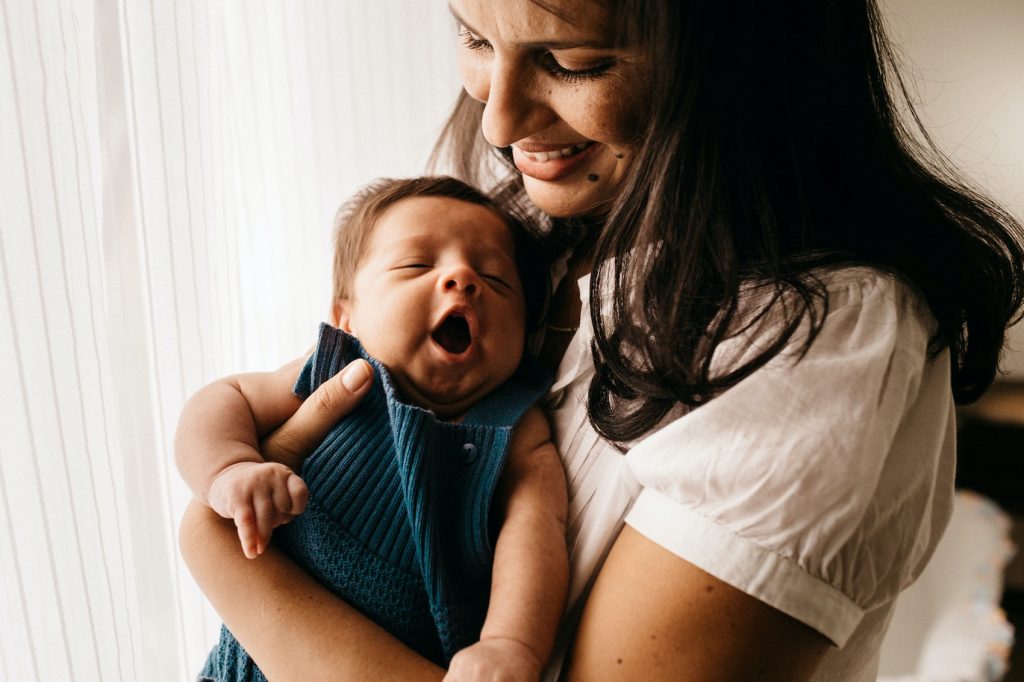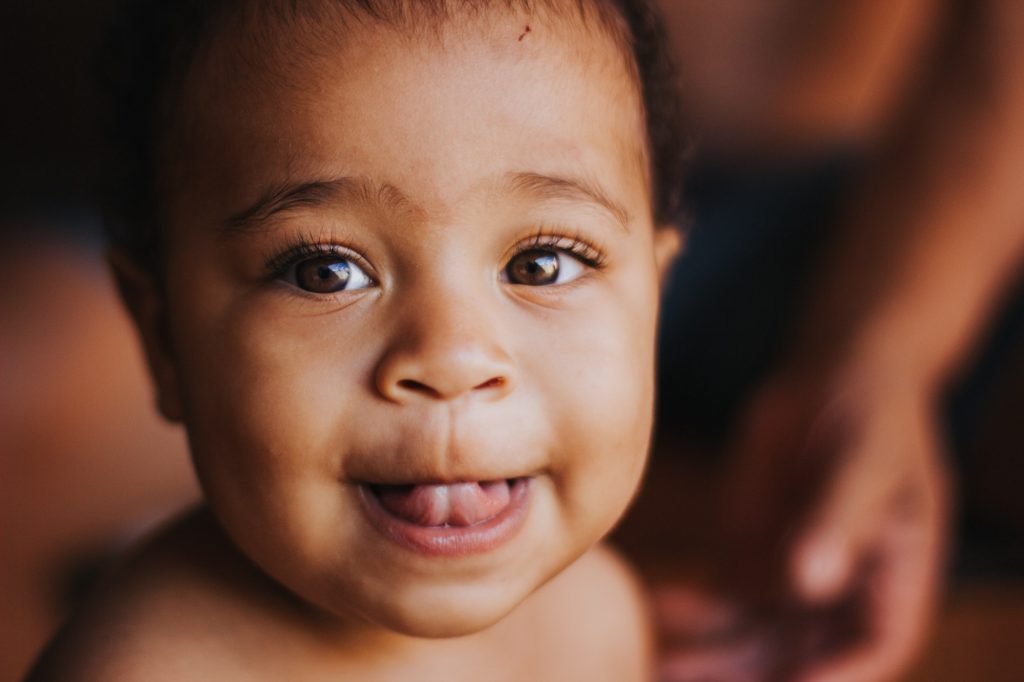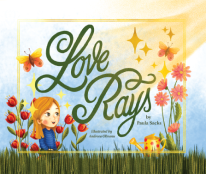What is Circle of Security Parenting?

Being a good parent can seem like a huge challenge at times, that is why I recommend caregivers consider getting support from proven methods that can teach them valuable parenting skills. The Circle of Security® Parenting™ is an evidence-based program designed to foster secure attachment between parents and children in caregiving relationships. In this article we will give you an overview of what the Circle of Security is, why it is important for both parents and children, explain the science behind how it works, look at the origins of it, and finally give you an overview of programs and social media resources that you can use on your own to learn more.
Based on over 50 years of clinical attachment research, Circle of Security covers issues such as reactive attachment disorder, complex trauma, disrupted relationships, maltreatment and attachment problems, relying heavily on graphic and visual representations. The goal is to teach parents about what attachment needs their children may express at different stages of their development and how to effectively meet them.

Why should parents care about Circle of Security® Parenting™?
Although every parent would like to meet their child’s emotional needs, sometimes a parent simply does not understand what they are and they may find themselves wondering, “why does my child misbehave?” Or, “what does my child need at this moment?” The Circle of Security aims to help provide answers.
Most parents do their best to support their children in the best ways they know how to, and yet may not understand how to properly nurture and support their children’s emotional growth – most likely because their own parents did not understand how to support their emotional growth when they were children growing up, and because schools do not teach classes on it, for instance Parenting 101. Every parent, regardless of their own childhood, has the ability to provide their children with a secure and emotionally supportive environment – they simply need to learn the tools to do so.
“Perfect Parents” Can Also Struggle with Creating Secure Attachment
Even parents who try to be the perfect parent and meet every need of their child may struggle when it comes to creating secure attachment because they smother or project onto their child. On the other hand, parents who allow their children more freedom as they grow up may neglect to give them the type of stable nurturing attention children also crave. Every child, whether gifted or disabled, has individual attachment needs that parents can learn to recognize and to meet.
By learning the tools of the Circle of Security, parents with all kinds of different styles of parenting can benefit and learn to adapt and meet the changing needs of their children individually. What one child needs is not necessarily the same as what another child needs and will not be the same as what each of these children need in two years as they grow up. Once a parent learns to recognize the expressions and signs of various needs, they can react accordingly and use the skills taught in the program.

How Circle of Security works
Circle of Security International offers training programs for caregivers that make it easier for parents to understand and meet the emotional needs of their children. This includes video training and The Circle of Security Roadmap, which teaches caregivers how and when to ask the right questions and to ask questions in different ways. Parents typically try to reinforce good behavior by rewarding it, while reacting to bad behavior with punishment or by ignoring it with the hope of lessening it and preventing it in the future. The Circle of Security teaches parents to look at behavior differently and instead of reacting to it and trying to shape it with rewards and punishment, trying to understand what need that behavior is communicating. What is seen as bad behavior are often the physical manifestations of unmet needs that come from a lack of safety and security. The more in tune a parent is with their child and their needs, the less likely they are to misbehave.
The Circle of Security map of attachment can be divided into three categories:
- A child should feel freedom and confidence to explore. That means they can discover the world around them while their parent remains in the background, delighting in them.
- They should feel the security to know that they will be welcome back to the parent at any time. They want to feel protected and comforted at this stage
- They need their caregiver to be in a charge in a supportive way. They want to feel that their parent is strong and kind.
When a parent misreads or fails to recognize these needs, the child feels frustrated and suffers. This is a visual representation of what the Circle of Security teaches:
According to Circle of Security International, their program is meant to help parents learn to do four things:
- Understand their child’s emotional needs
- Support the child in learning how to manage their emotions
- Enhance the development of self-esteem in their child
- Honor the child’s natural intelligence and wisdom and their own desire to help their child feel secure
A parent does not have to be perfect and meet every single need every single time, but as they say, good enough is good enough and parents who generally are able to recognize and meet their children’s needs are doing great work.
The History of Circle of Security Parenting
The Circle of Security Parenting was founded by three men: Kent Hoffman, Glen Cooper, and Bert Powell. Each has received the Washington Governor’s Award for Innovation in Prevention, the Governor’s Child Abuse Prevention Award in Washington State for their work, as well as the Bowlby–Ainsworth Award for developing and implementing the Circle of Security, which is presented by the New York Attachment Consortium. In 1985, the three founders opened a therapeutic practice together in Spokane, Washington and used their combined backgrounds in psychotherapy, family therapy, object relations therapy, attachment theory, family systems theory, social services in homeless shelters and foster care facilities, psychiatric care in prisons and for terminally and ill patients as well as for survivors of sexual abuse, and background specializing in therapy for at-risk youth and families, to assist patients.
The Connection with Attachment Theory
They were especially interested in furthering their training in attachment theory because it seemed to combine many of the issues their patients struggled with, including disconnection and emotional regulation. They began pursuing continued learning with Jude Cassidy, PhD, who they met at a preschool attachment coding system course. Instead of just training with her for one semester, they trained with her for two years and were inspired through that to begin the Circle of Security.
Kent, Glen and Bert began working with Spokane Head Start programs to pilot the first application of their program, which combined elements from attachment theory, family systems and object relations. Through these initial programs, they refined their model and in 1998, were awarded a three-year University-Head Start Partnership grant, through which the 20-week clinical group protocol was begun. This protocol is now what is known as the Circle of Security Intensive model.

Attachment Therapy and Circle of Security share the same goal
Part of this early program included videotaping parents in a pre-intervention Strange Situation Procedure. The original Strange Situation was a procedure performed by Mary Ainsworth in the 1970s, where attachment relationships between caregivers and children between the ages of 9 and 18 months were observed on video and included the introduction of a stranger. This pioneered the work for attachment theory, which theorizes that children fall into one of four attachment types: secure, anxious, avoidant or disorganized. The goal of the attachment therapy and the Circle of Security is for as many children as possible to reach secure attachment, among other things.
The videos taken during these Head Start programs were used in part for research purposes, while select clips were shown to the parents and used as teaching tools. This was also when Circle of Security Interviews (COSI) were introduced, in order to determine a particular parent’s struggles with their children in relation to attachment theory.
According to the results of the study, at the end of the 20-week protocol, the number of children with disorganized attachment and with insecure attachment were reduced, with 44% of the children who had had insecure attachment developing secure attachment. It was also found that the total number of children with secure attachment increased from 20% to 54% by the end of the protocol.
Here you can read the results of their research study in their published 2006 research paper, Changing Toddlers’ and Preschoolers’ Attachment Classifications: The Circle of Security Intervention.
The Two Types of Circle of Security Programs
There are two main programs that caregivers can enroll in through Circle of Security International: the Circle of Security Parenting Program and Circle of Security-Intensive Model.
The Circle of Security Parenting Program is typically run by a non-licensed facilitator and includes four days of training, video reviews, no exam and usually lasts 8-10 weeks in total.
The Circle of Security-Intensive Model on the other hand is run by a licenced clinician, includes ten days of training, an exam and usually lasts about half a year. Because it is run by a clinician, the COS-Intensive model is more in-depth. This model also includes training about Core Sensitivities, which are three patterns of struggle relating to intimate connections, as parents or partners. Participants learn how to identify their own core sensitivities as well as to review and analyze the Strange Situation Procedure and COSI and create treatment plans.
How to find a local or online Circle of Security class
There are myriad programs available globally and virtually to support children and parents who want to raise secure children with the Circle of Security.
Here you can check out Circle of Security International’s Directory of Registered COSP™ Facilitators, including practitioners in countries around the world.
If you live in or near Virginia, then you can visit the Ainsworth Attachment Clinic for your initial Attachment Assessment and Circle of Security programs. The Virginia-based Circle of Security® Network includes a large staff of therapists trained and able to support parents and children.
If you live in London, then you can visit Rupert Consulting, a partner of the Circle of Security® Network.
If you live near Winnipeg, Canada, then you can visit Alloway Therapy Services which offer Circle of Security therapeutic services.
Circle of Security International offers a 4-day in-person training program for professionals and paraprofessionals around the world who want to become facilitators. The online facilitator course takes 24 hours to complete, while the in-person takes 30 hours to complete. You can register for the facilitator training here.
Recommended resources:
- Co-originator of COSP Ken Hoffman gives a TedX talk,” Every Person has Infinite Worth.”
- Here you can order the book, The Circle of Security Intervention, written by Bert Powell, Glen Cooper, Kent Hoffman, and Bob Marvin.
- Here you can purchase their other book, Raising a Secure Child.
- Watch a video animation overview of the Circle of Security
Here are five Instagram accounts to follow to see more attachment and Circle of Security content:
Visit Circle of Security International on Facebook
Sources Used:
- https://www.circleofsecurityinternational.com
- https://en.wikipedia.org/wiki/Strange_situation
- http://circleofsecuritynetwork.org/
- https://allowaytherapy.com/services/circle-of-security/
This guide will explain the Lamaze method in detail down to when it got its start 70 years ago and point you to free resources.
Reading books to children not only opens their imaginations, it teaches communication skills from which they will benefit their entire lives.
Article coming soon!


